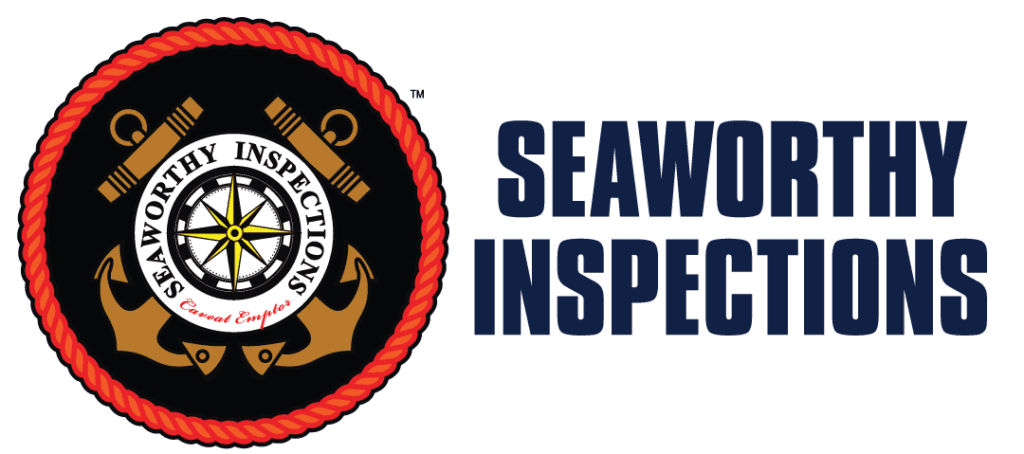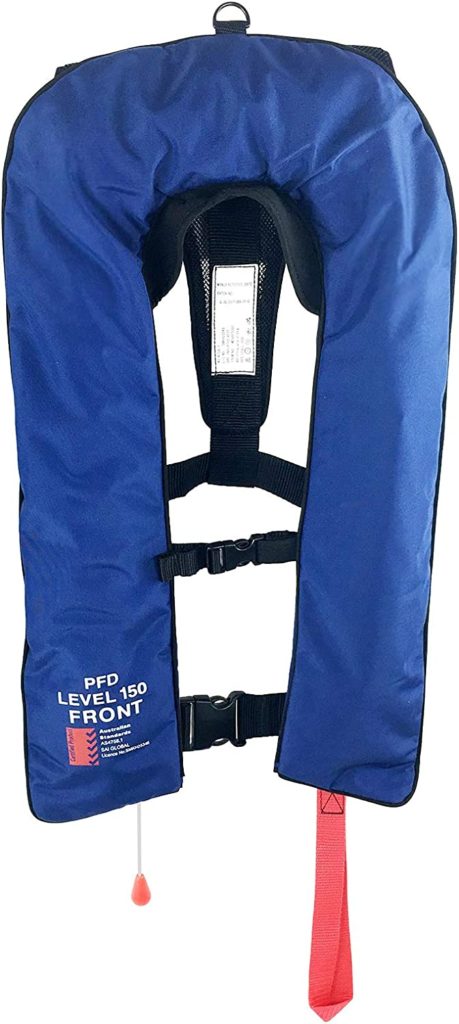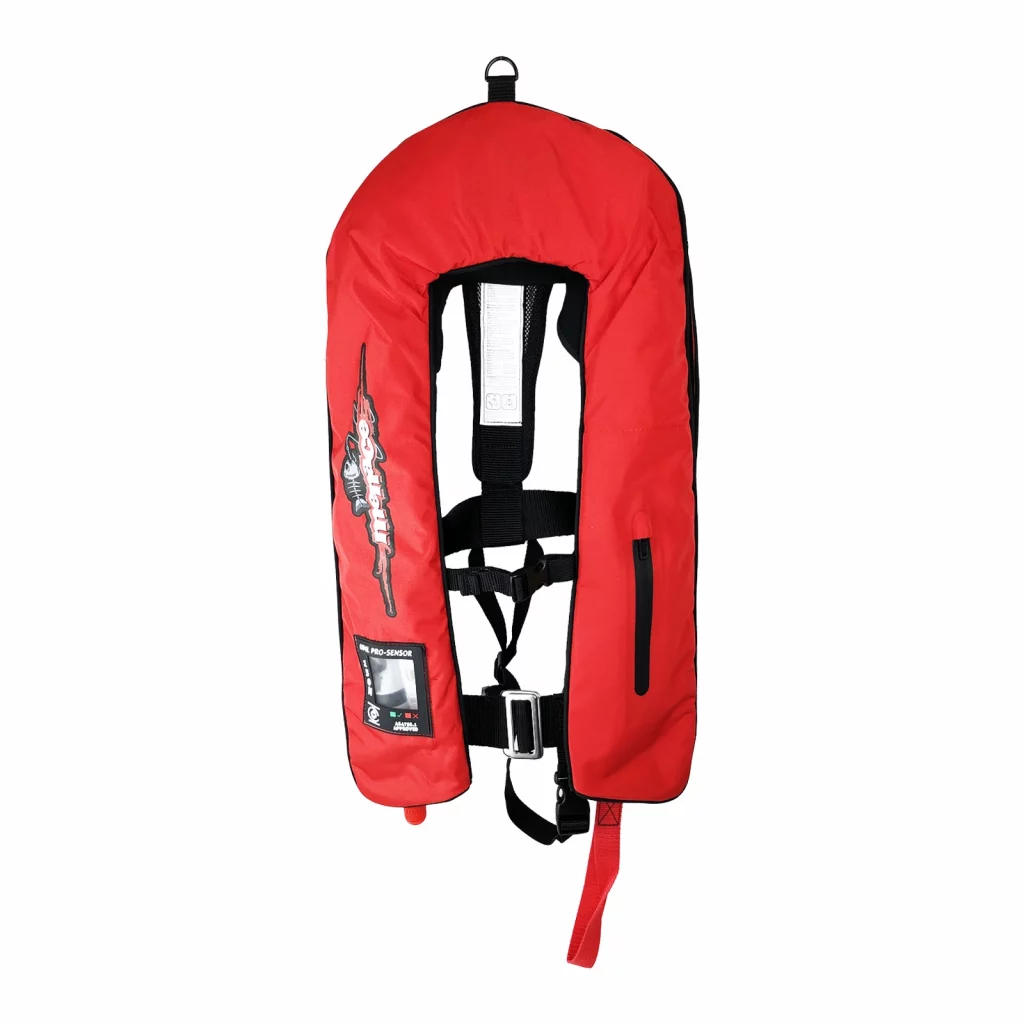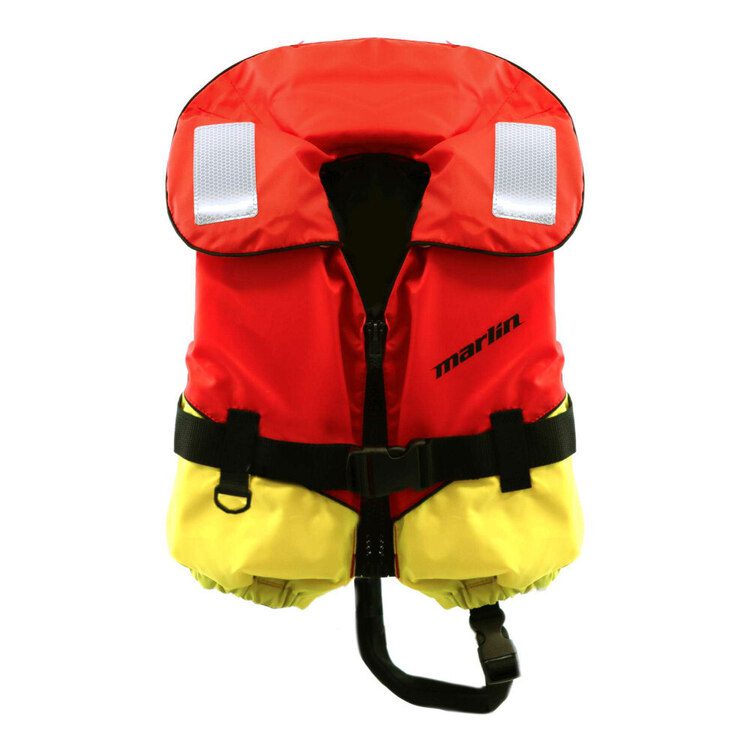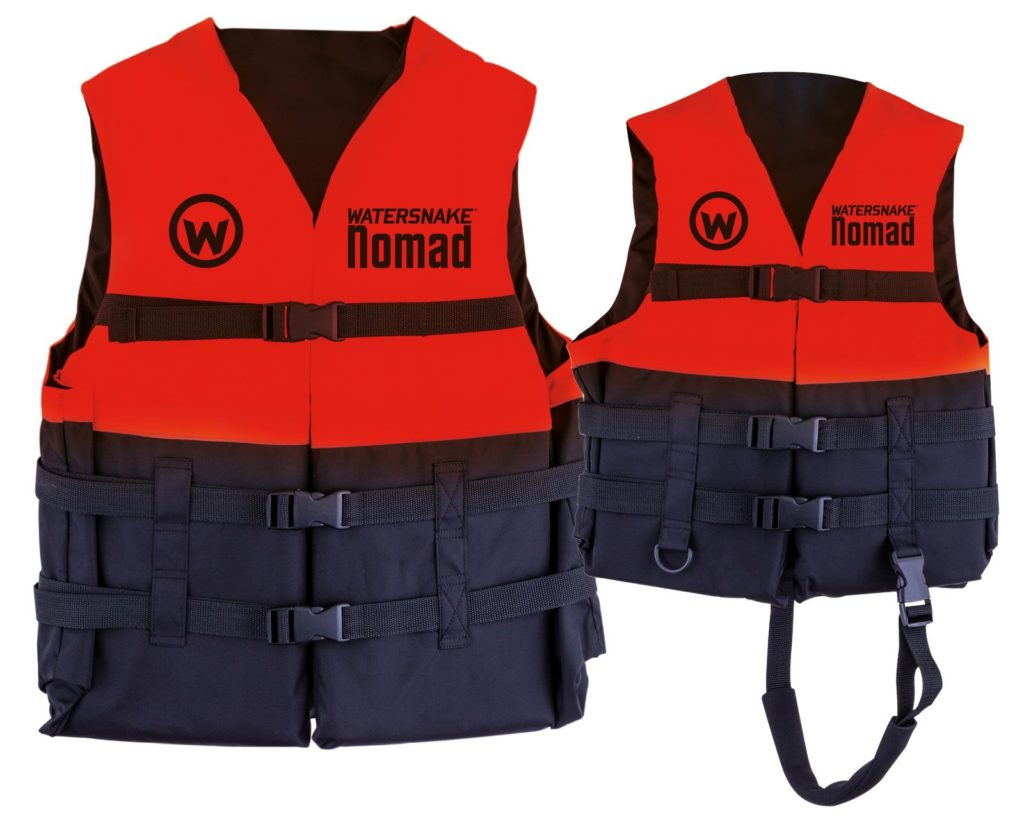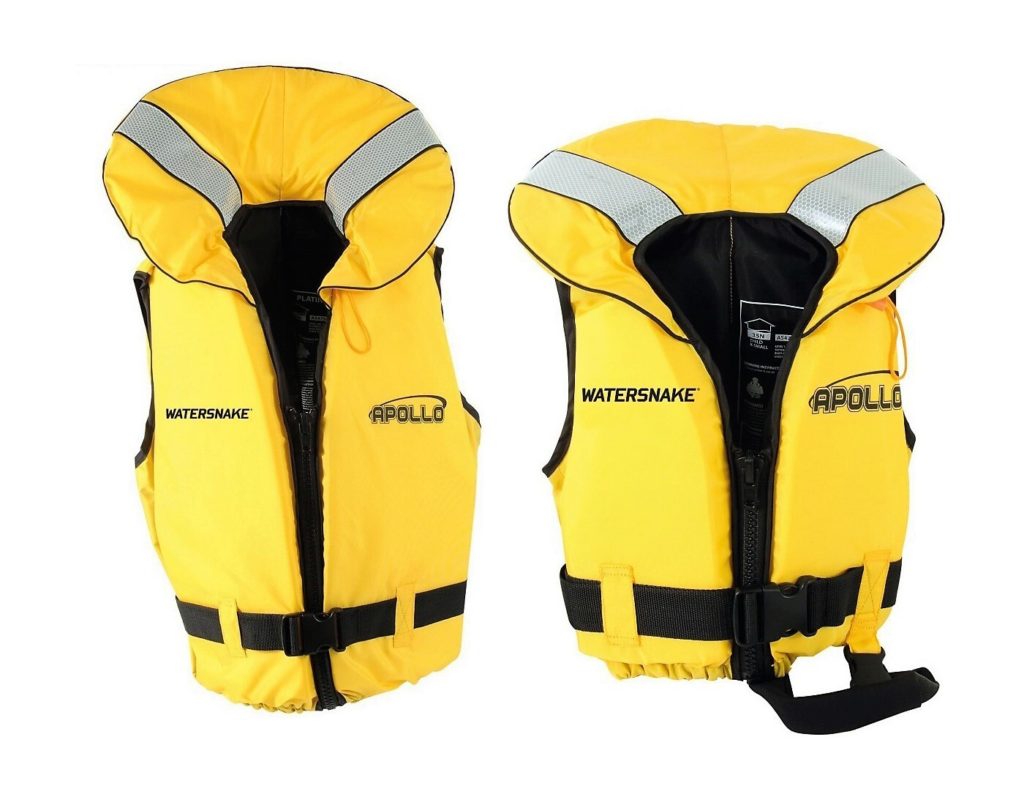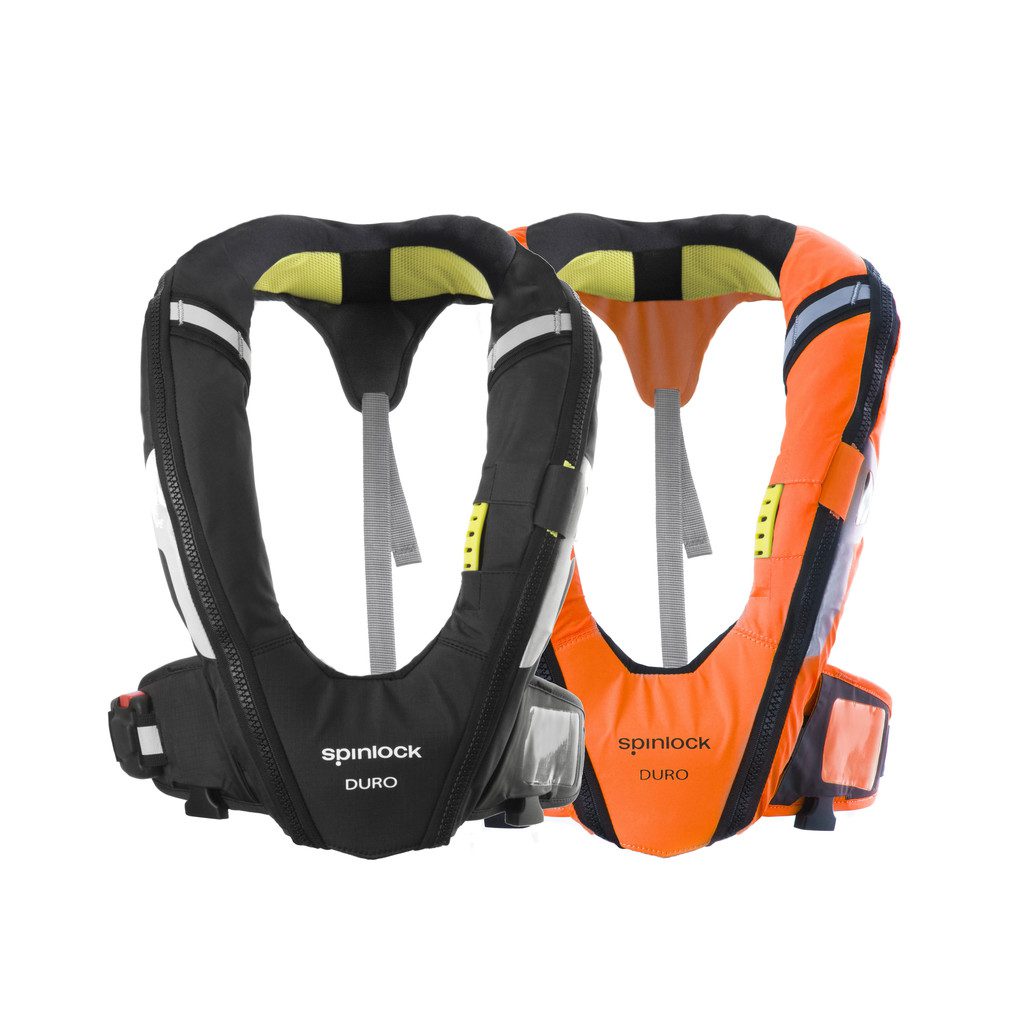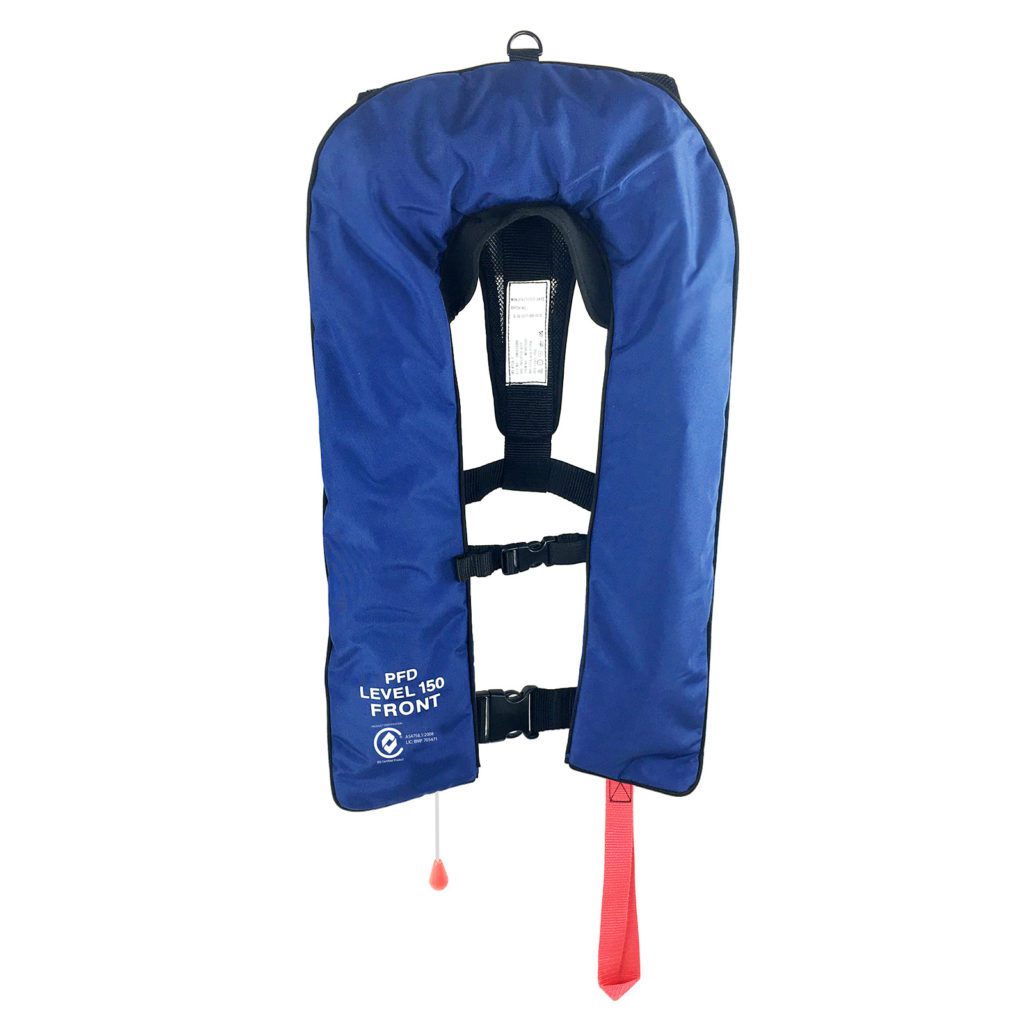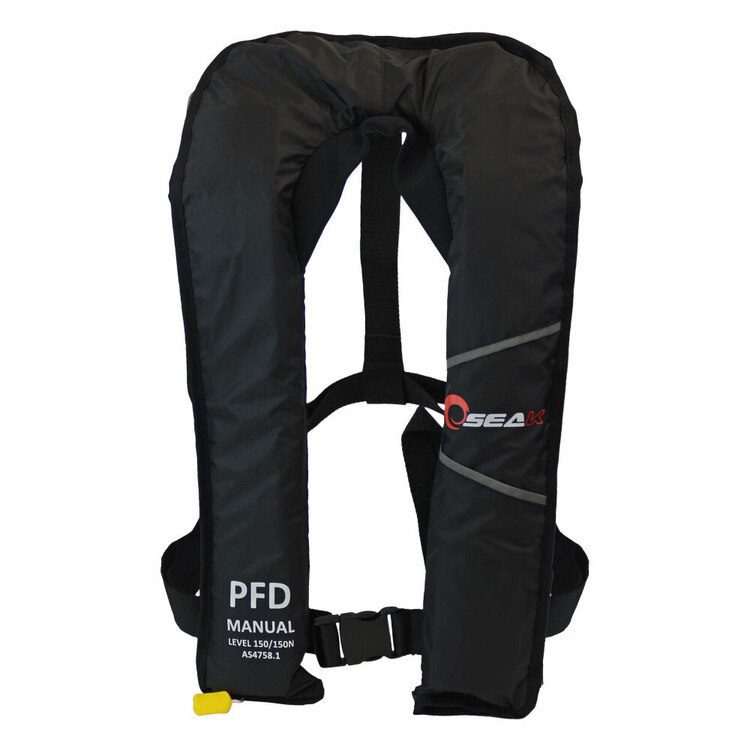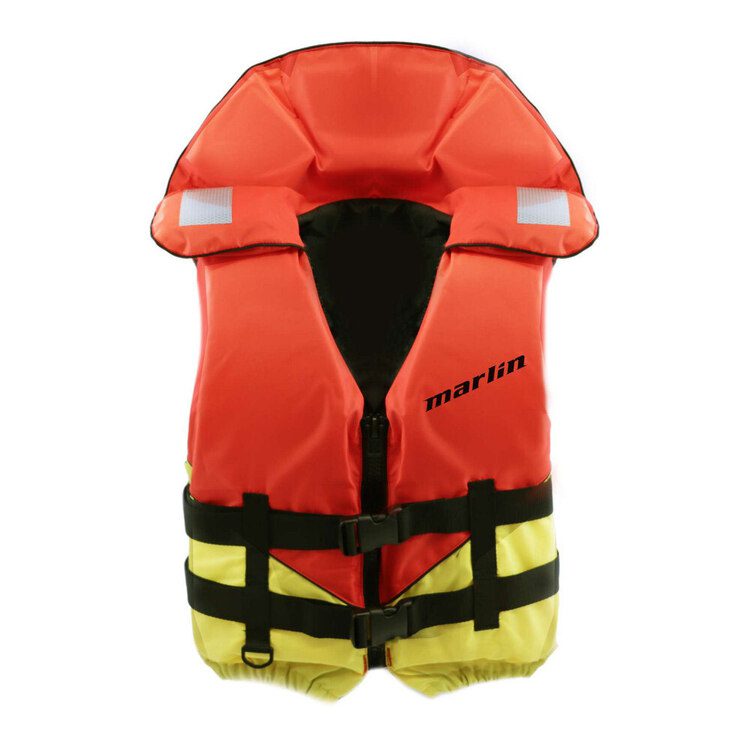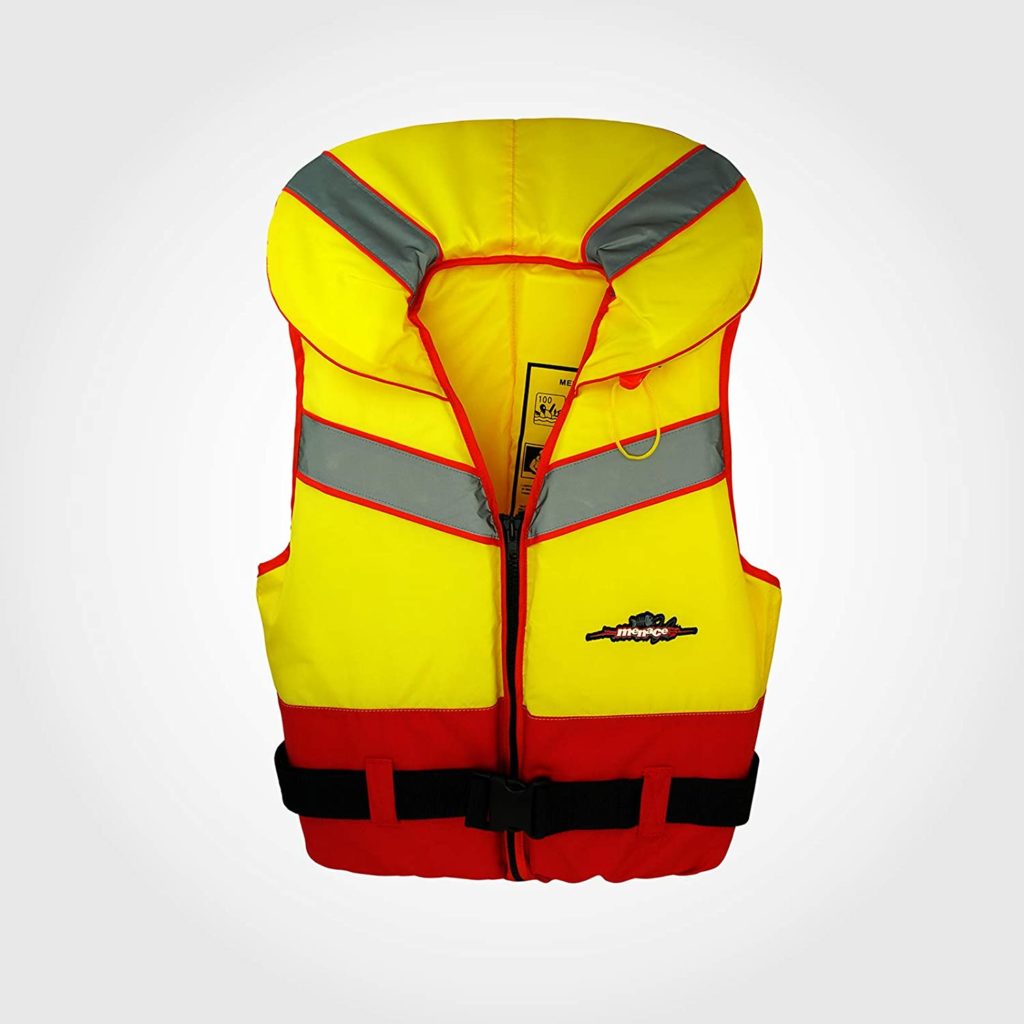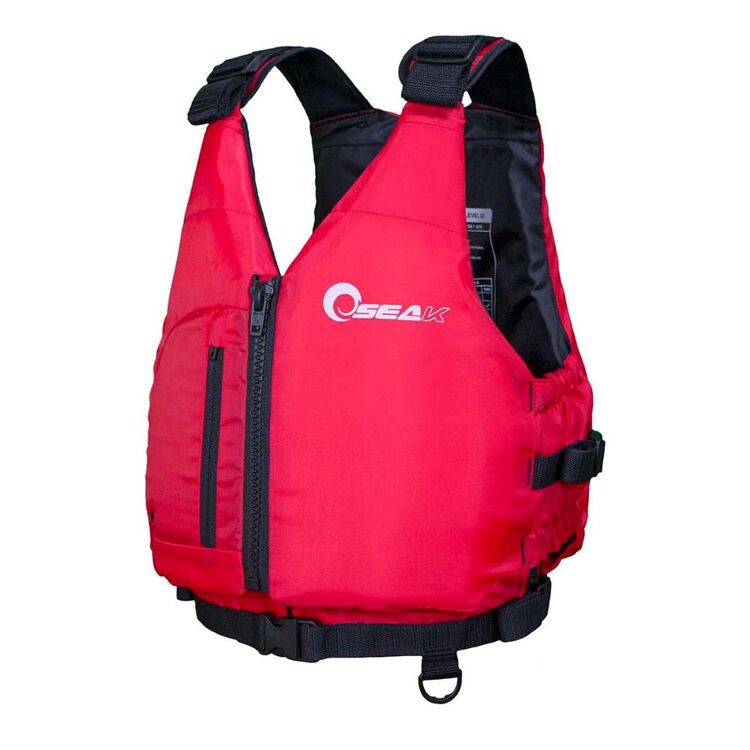Blog
Best Life Jackets 2022 – Everything You Should Know About Life Jackets
Whenever going boating, a life jacket or PFD’s (Personal Flotation Device) is a crucial and most of the time mandatory item for your safety on the water. There are many types of life jackets out there and to select the right one for your needs, you will need to understand a few aspects and differences between them. In this article, we will talk about why it is important to have life jackets on your boat, the different types of life jackets, how to choose a life jacket and present our top 3 and top 10 list of life jackets or PFD’s (Personal Flotation Devices). We will consider the use, cost, fit, features and design to select our best life jackets. Our Top 3 picks for the best life jackets PFD’s (Personal Flotation Device) High Quality, Great Price, Perfect Fit Lightweight Premium Quality, Australian Standards Approved Automatic Inflation Valve, Water Resistant Pocket, Built-in Whistle Lifejackets are the most important item of safety equipment on any recreational boat. A lifejacket, also known as a Personal Flotation Device (PFD) or buoyancy vest and will keep you and your crew afloat in the water, greatly increasing their chance of survival.A lifejacket will keep a person buoyant, particularly if they’ve been in the water a long time and physical exhaustion sets in. As it suggests, it could save your life in the case of an emergency, it gives you more time to be rescued. Life jackets are not usually designed for providing warmth in the water and cold water will further reduce survival time in the water.However, ensure it is fitted correctly and maintained appropriately. All Lifejackets or PFDs onboard should adhere to the proper safety standards and regulations in your region. If you fail to carry or wear an approved lifejacket while boating, you could get a costly fine or jeopardise the safety of your crew. The selection between different types of lifejackets will depend on what activity is being carried out and where. For example, boating vs kayaking or sheltered waters vs open seas. If the life jacket meets the minimum standards for safety and is approved for Safety At Life At Sea (S.O.L.A.S.) which is an international safety standard. What kind of activity will you be performing and where. Select a type of life jacket that suits your needs and use. Select a life jacket that firmly fits your body and you feel comfortable in for your entire voyage time if need be. Life jackets can be chunky devices so comfort is subjective but a firm fit is necessary. Alternatively, an inflatable jacket can be used for a less bulky fit. Inflatable jackets come with their own set of additional risks There are many different features for life jackets such as pockets, straps, emergency beacon systems, lights and so on. These gadgets can really help depending on what activity you’ll need to perform. When choosing life jackets PFD’s for children, be extra careful and ensure all the lifejackets are approved by coast guard and safe to use. Visually examine all the life vests, double-check if the life jackets are fit properly to your young crew and they feel comfortable on them. In Australia, It is compulsory to use a life jacket at all times if you are under 12 years old (from 12 months old and up to, but not including, 12 years old) in an open boat that is less than 4.8m in length and underway. High Level of Buoyancy and Comfort Comfortable Personal Floatation Device Added safety it includes a safety whistle Made of buoyant material Inflate with air These can be either inflatable or non-inflatable life jackets, and these are all classified based on their intended use and buoyancy levels. Type 1 is also known as Level 100+. Type 2 is also known as Level 50. Type 3 is also known as Level 50S. Specified buoyancy wet suit, for use in smooth water and only where the user is likely to be in the water for a short time, can be used by skiers or people being towed in smooth waters and also can be used by PWC riders in smooth waters. Help to keep you afloat but do not have a collar to keep your head above water if you are unconscious. Intended for use by competent swimmers who are close to a bank or shore on smooth waters. Intended for use in sheltered water and should not be used in rough conditions. Intended for those who may have to wait for rescue. Will roll a person into a face-up position but this may be limited if a person is wearing heavy clothing. Intended for offshore use in rough weather where high standard performance is required. Will roll an unconscious person into a safe position, with the face-up. The rules and safety regulations relating to the use of lifejackets vary from state to state in Australia, depending on the type of activity you are undertaking, and the age of the participants.It is important that you know and understand these rules and regulations, and wear the appropriate lifejacket for the location you are recreating in. These regulations also extend to the correct maintenance of lifejackets and the standards to which they are manufactured. Self-checking a lifejacket can be done at any time to ensure the jacket is functioning properly. Step 1 Check for visible signs of wear and damage. Ensure all fastenings and buckles are in good working order. Step 2 Following the manufacturer’s instructions reveal the inflation system and oral inflation tube. Inflate the bladder using the oral tube and leave it overnight in a room with a constant temperature. If the bladder loses pressure, immediately take the lifejacket to an accredited service agent for further tests. Do not attempt to repair your lifejacket yourself. Step 3 Use the cap attached to the oral inflation tube to deflate the bladder. Invert the cap and press down on the valve at the top of the oral tube. Do not insert other objects into the top of the tube as they may damage the valve. Roll or press the lifejacket to deflate fully. Step 4 Remove the CO2 cylinder and inspect it. The cylinder should be intact, with no rust or corrosion. Weigh the cylinder on kitchen or letter scales and ensure its weight corresponds to the minimum gross weight engraved on the cylinder +/– 2g. If the cylinder is rusted, corroded, has been pierced or is not the correct weight it should be replaced immediately. On auto inflation lifejackets also ensure that auto components are armed and in date. Refit the cylinder to the inflation system, tightening it by hand until firm. Do not over tighten. Step 5 Repack the lifejacket as per its manufacturer’s instructions. Ensure the manual inflation toggle is accessible and unlikely to be caught when being worn in general activities.
Top 3 life jackets PFD's (Personal Flotation Device)
Marlin Adults’ Inflatable Manual L150 PFD Black
See product
Inflatable Life Jacket PFD Type 1 Level 150 – (Economy Version)
See product
Menace Marine Inflatable Life Jacket PFD Type 1 Level 150
See product
Why do I need a life jacket?
How to choose the right life jacket?
WHAT TO CONSIDER WHEN BUYING A LIFE JACKET?
Choosing a life jacket for children
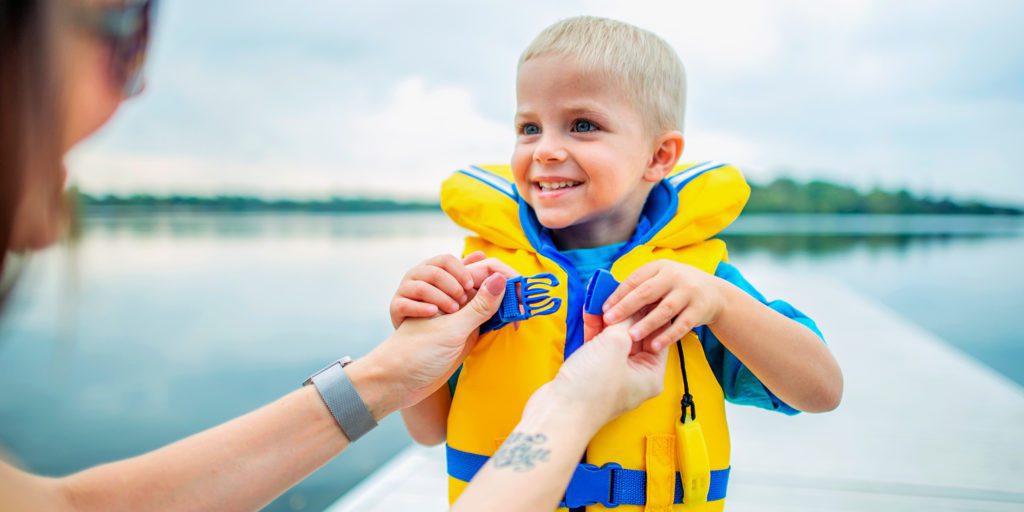
Best life jackets for kids
Marlin Children’s Deluxe PFD
See product
Triton PFD Foam Life Jacket
See product
Hercules PFD Foam Life Jacket
See product
Types of life jackets/PFD's (Personal Flotation Device)
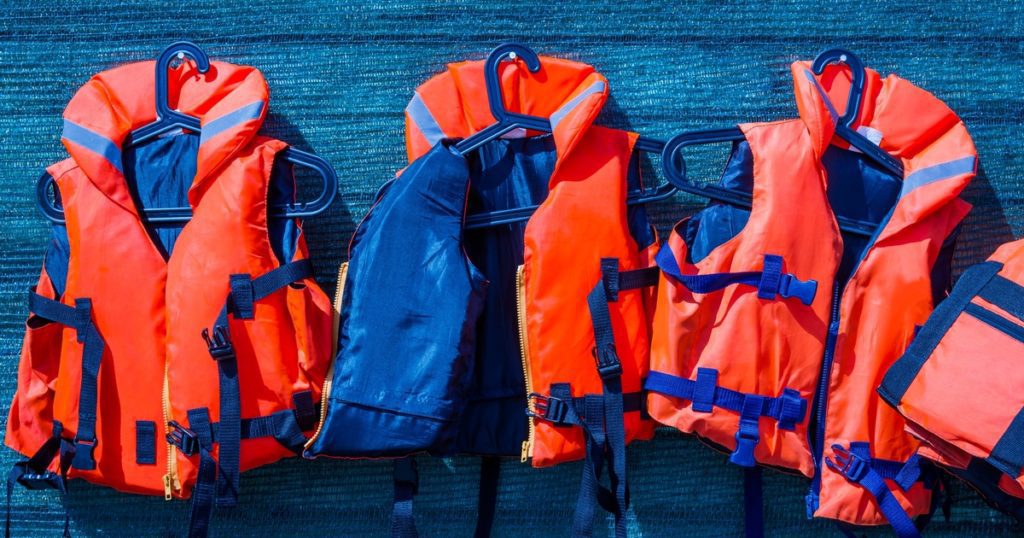
FOAM
No need to inflate
Fits all sizes and ages
Can be used for most water activities
Bulky
Restrict movement
Hard to storage
Visual inspection
$30 to $350+ AUD
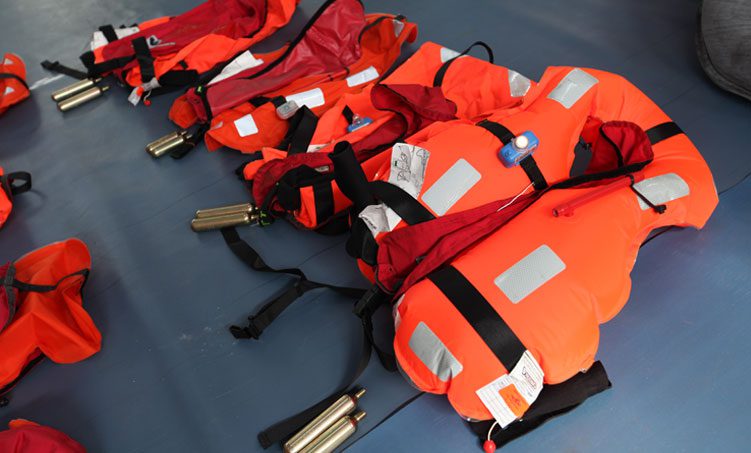
INFLATABLE
Lightweight
Comfortable – not bulky
Easy to store
Has to be inflated
Refill air supply
Not recommended to some water activities
Automatic inflation of these jackets can occur at an unsafe moment when submerged in water.
Manually inflate to check inflation components and visually inspect
$60 to $700+ AUD
Levels/Types of life jackets
Top 10 list of life jackets
Unlike traditional Life Jackets, Menace Inflatable PFD Life Jackets are designed to be comfortable when wearing them for extended periods of time.
see product
Ensure your safety on the water with this inflatable adult manual L150 PFD (Personal Flotation Device). Available in a variety of colours, including an awesome camo version.
see product
Ensure your safety on the water with this inflatable adult manual L150 PFD (Personal Flotation Device). Available in a variety of colours, including an awesome camo version.
see product
The Seak Manual Inflatable Level 150 PFD is certified to AS4758.1, designed for easy movement while paddle boarding, boating and fishing. Comfort fit.
see product
Made from comfortable and flexible neoprene, this level 50 jacket is ideal for water skiing, wake boarding, tubing and any other water activity where you want some freedom to move.
see product
The Marlin Jnr inflatable L150 PFD is a great option suitable for children between 25 and 40 kilograms. With a comfortable fit and lightweight design.
see product
The lifejackets are filled with soft PVC foam which will form to all body shapes and provide the user with a high level of buoyancy and comfort
Click me!
This Triton Life Jacket meets the latest Australia Standard (AS4758) to give you peace of mind when around water. Made with a bright safe visible colour and large arm holes for freedom of movement.
see product
The Seak L50 E50 Kayak PFD is a perfect companion for kayaking, with plenty of arm room for manoeuvrability, and extra pocket for your accessories!
see product
A buoyancy aid for dogs, designed to comfortably fit your dog and keep them safe when playing near or in the water, providing extra security to you and your pet.
see product
Rules and Regulations for life jackets use in Australia
RULES AND REGULATIONS BY STATE

LIFEJACKET SAFETY CHECKLIST
FREQUENT ASKED QUESTIONS ABOUT LIFE JACKETS
AS4758Anyone boating or planning on setting sail needs to be aware that under the latest Australian Standard on lifejackets, lifejackets must contain the Australian Standards number – AS4758 – printed somewhere on the jacket’s label.Boat owners or skippers must give each person onboard information about where safety equipment is kept and clearly sign where lifejackets are stowed. The labels must have the word ‘life jacket’ in red text on a white background or white text on a red background. Lifejackets must comply and display information about which Australian Standard (AS) they were manufactured.The current standard is AS 4758, which has replaced AS 1512-1996, AS 1499-1996 and AS 2260-1996. Lifejackets that comply with old standards (AS 1512, AS 1499 or AS2260) can only be used if a ship was equipped with them prior to 1 September 2016 and are within their serviceable life
A lifejacket should be worn by everyone in open water environments when:
- Boating, jet skiing or sailing
- Using watercraft such as canoes, kayaks, paddle boards
- Fishing, including rock fishing
It is important that lifejackets are worn by all participants on a boat or vessel at all times in accordance with current regulations. If an accident happens, a lifejacket is of no use if is stowed away.
